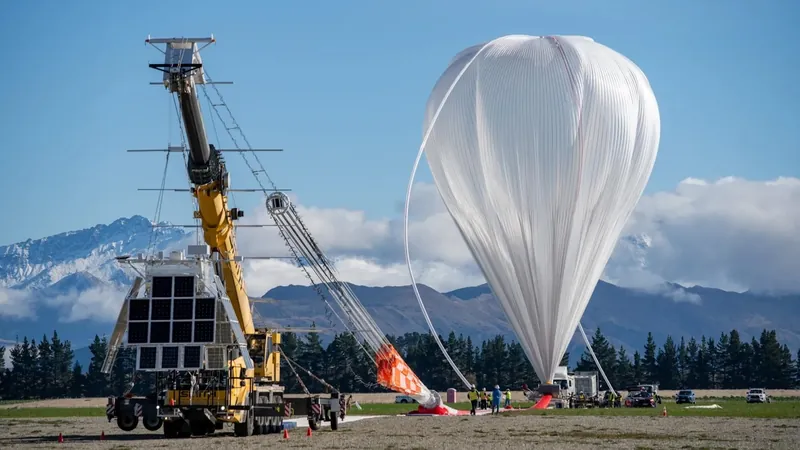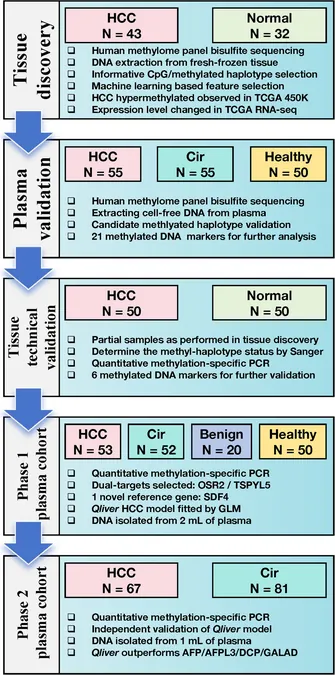
A Meteorite's Billion-Year Legacy: Discovering Scotland's Ancient Impact on Life
2025-04-28
Author: Wei
A Billion-Year Mystery Unveiled
In a groundbreaking revelation, scientists have confirmed that a meteorite struck northwest Scotland a staggering 1 billion years ago, nearly 200 million years later than once believed. This revelation, published in the journal Geology, not only reshapes our timeline of Earth's history but also links this cosmic event to the earliest known land-based microbial life.
The Hidden Treasures of the Torridonian Rocks
The Torridonian rocks in northwest Scotland are a geologist's paradise, offering an exceptional glimpse into the ancient aquatic ecosystems that thrived a billion years ago. These primordial lakes and rivers played host to early eukaryotes—single-celled organisms that form the ancestral roots of all plant and animal life on Earth.
Impact: A Catalyst for Change
However, all this life was drastically altered when a powerful meteor slammed into the Earth, leaving a lasting mark in the geological record known as the Stac Fada Member. This deposit is characterized by its unique layers of shattered and molten rock, along with rare minerals altered by the intense pressure of the impact, much like those found in other famous impact sites such as Chicxulub and Sudbury.
Revolutionizing Our Understanding of Life's Timeline
The new dating of the Stac Fada impact aligns seamlessly with the dating of fossilized microbe remnants from the area. This overlap raises tantalizing questions about how the meteorite's strike may have influenced the environmental conditions that these early microbial ecosystems depended on.
The Science Behind the Date
Determining the precise date of the impact was no walk in the park. Researchers faced the challenge of finding the right minerals—ones resilient enough to withstand cataclysmic changes over a billion years. They unearthed reidite and granular zircon, both crucial in establishing the event's timing. These minerals act as tiny geological stopwatches that help pinpoint the moment of impact, which, through rigorous mathematical modeling, was confirmed to be around 1 billion years old.
Why It Matters: A Cosmic Connection to Life
The tale of life’s origins on Earth is complex, likely beginning with pre-biotic chemical reactions. Interestingly, two significant meteorite impacts—one 3.5 billion years ago in Australia and now the Stac Fada event—occur in synchrony with pivotal milestones in the fossil record. The North Pole impact coincides with some of the earliest known indications of microbial life.
Meteorite impacts may seem destructive, but they also unlock potential avenues for life. They can fracture rocks, create hydrothermal systems, and form crater lakes, all of which concentrate essential ingredients for life, including clays, organic compounds, and phosphorus—the lifeblood of all organisms.
A Unique Insight into Early Life
Unlike many other impact sites, the Stac Fada deposits give us rare insight into the environments where ancient microbial life thrived just prior to the impact. Following the meteor strike, these ecosystems faced a dramatic change, but they also demonstrated resilience, reestablishing themselves in the wake of catastrophe.
This discovery not only enriches our understanding of the intricate dance between cosmic events and terrestrial life but also highlights the importance of studying such impacts in understanding our planet's evolutionary journey.



 Brasil (PT)
Brasil (PT)
 Canada (EN)
Canada (EN)
 Chile (ES)
Chile (ES)
 Česko (CS)
Česko (CS)
 대한민국 (KO)
대한민국 (KO)
 España (ES)
España (ES)
 France (FR)
France (FR)
 Hong Kong (EN)
Hong Kong (EN)
 Italia (IT)
Italia (IT)
 日本 (JA)
日本 (JA)
 Magyarország (HU)
Magyarország (HU)
 Norge (NO)
Norge (NO)
 Polska (PL)
Polska (PL)
 Schweiz (DE)
Schweiz (DE)
 Singapore (EN)
Singapore (EN)
 Sverige (SV)
Sverige (SV)
 Suomi (FI)
Suomi (FI)
 Türkiye (TR)
Türkiye (TR)
 الإمارات العربية المتحدة (AR)
الإمارات العربية المتحدة (AR)